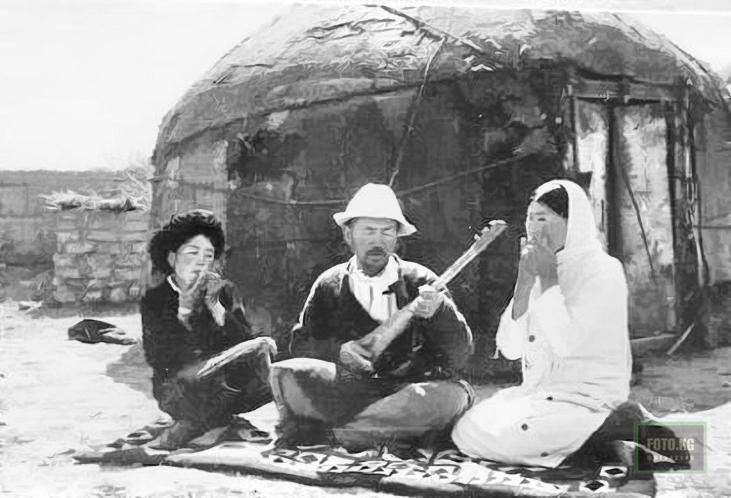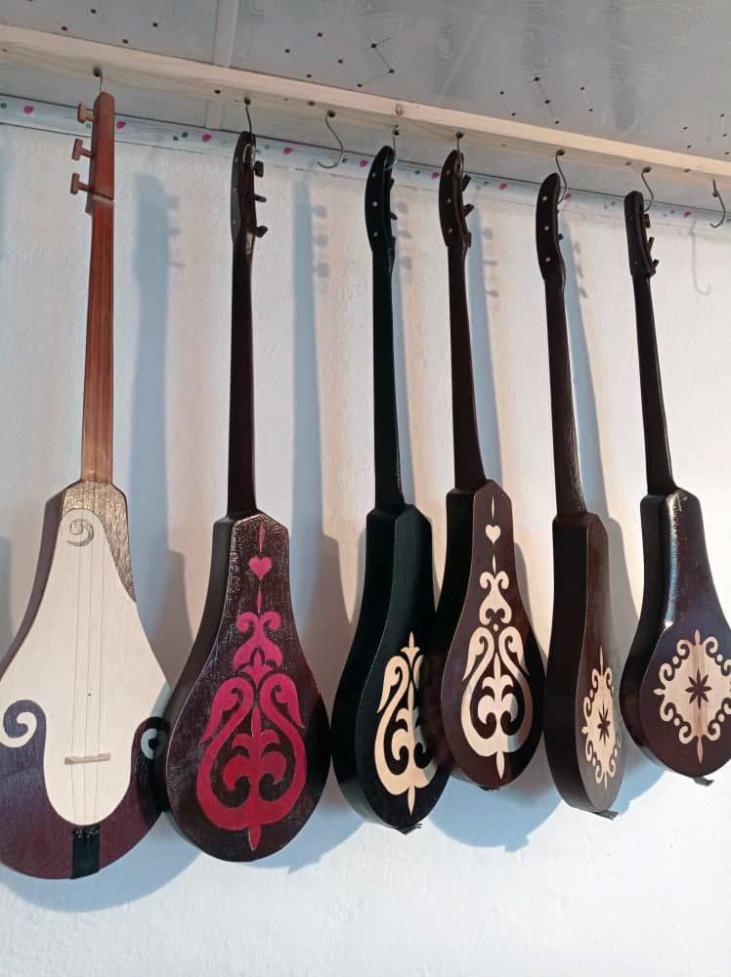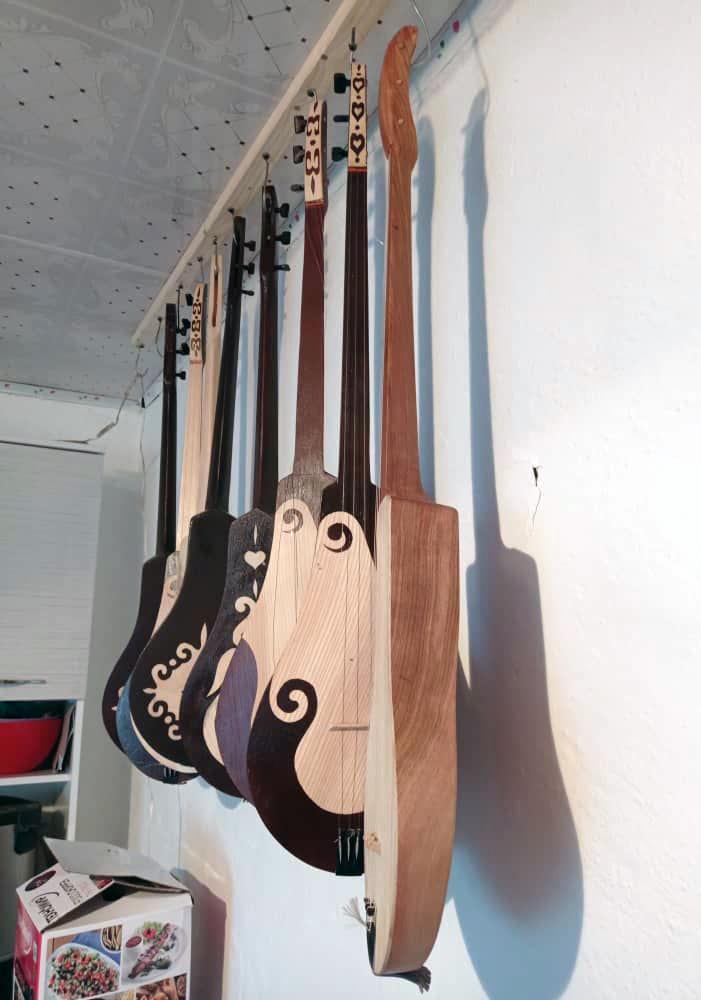The history of the komuz

Music, songs, poems and stories passed down from generation to generation in the form of oral traditions reveal the life of the Kyrgyz people, their aspirations and experiences, happiness and joy, life and death.
Aibek Asanbaev
The history of Kyrgyz folk music goes back to ancient times, and many beautiful legends tell how such instruments as komuz, kyyak, choor, chopo choor, oz komuz, zheznay, chymyldak, chynyron, surnai, kernai, dobulbas, zhekezan, zhylazhyn, shyldyrak, konguroo, asatayak, zuuldak and many others appeared. Music, songs, poems and stories, passed down from generation to generation in the form of oral traditions, reveal the life of the Kyrgyz people, their aspirations and experiences, happiness and joy, life and death.
Folk songs accompanied by komuz reflect both colourful events and everyday life of the people, customs and traditions, koshoks (lamentations), children's songs, love songs and lullabies. Love songs occupy a special place in Kyrgyz folk art, which amaze with the richness of musical means and depth of artistic words.

There is a legend about the musician Kambar, who created the first komuz.
This story was recorded in the 1930s by the famous Soviet musicologist V.S. Vinogradov from the words of the Kyrgyz folk musician Murataaly Kurenkeev (1860-1949):
"Once upon a time there lived a brave Kyrgyz hunter. His name was Kambar. He hunted not in the steppe and not with golden eagles, but climbed into the forest and there alone dealt with beasts and birds. One day the hunter was returning home from a hunt. His way lay through dense thickets of tall trees. Suddenly Kambar heard melodious sounds. They were coming from above his head. Kambar looked and looked, but could see nothing. He was a persistent man, he liked to think of everything, to understand and explain everything. So he decided: "I'll climb a tree. I'll get a better look at what it sounds like." When he climbed to the top of the tree, he saw that there was a thread stretching from one tree to another. The wind swayed the branches of the trees, and the branches caught the thread so that it rang. But Kambar was not satisfied with this and began to examine the thread. It turned out that it was not a thread but a dried up intestine. "How did it get here?" - he thought and examined it even more closely. He climbed another tree and looked around...... And the gut turned out to be a squirrel's. So, the squirrel, having jumped unluckily, hit its belly on a sharp branch and cut its stomach. The intestine was pulled from branch to branch, dried up and began to ring..... Kambar, of course, and guessed it.
The komuz is an ancient Kyrgyz stringed instrument. It consists of two main parts: the body and the fingerboard, along which three strings are stretched. The length of the instrument is about 90 cm, the widest part is 19.5-22.5. All parts - body, head, fingerboard, kobyza and pegs - are made of wood. In ancient times the strings were made of animal entrails and veins, nowadays silk threads or synthetic materials are used. The sound quality of the komuz depends on the strings and the type of wood from which it is made.
They are made of walnut, juniper and other woods.
The most valuable one is made of uruk.
The strings are made of animal entrails.


